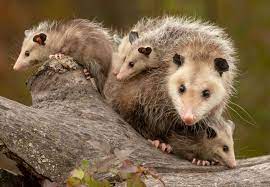Nestled deep within the lush forests of Arkansas lies a natural marvel that transcends the ordinary: Hot Springs National Park. Renowned for its rejuvenating thermal waters, this national treasure boasts a rich and diverse ecosystem that often remains overshadowed by the famous geothermal features.
In this article, we embark on a captivating journey to uncover the hidden wonders of Hot Springs National Park animals, unveiling a wildlife odyssey that thrives amidst the soothing embrace of its thermal springs.
Hot Springs National Park, established in 1921, is not just a sanctuary for weary souls seeking solace in its healing waters but also a haven for a surprising array of wildlife. From elusive black bears wandering through the dense woodlands to the vibrant birdlife that graces the park’s skies, the fauna of this region adds an extra layer of enchantment to the already mesmerizing landscape.
As we delve into the lives of these creatures, we’ll discover the unique adaptations that allow them to thrive in the hot, mineral-rich environment, and how their presence enriches the allure of Hot Springs National Park. Join us on this exploration of the often-overlooked residents that make this park an ecological wonder and a true haven for nature enthusiasts.
A brief overview of Hot Springs National Park’s natural beauty and geothermal features:
Hot Springs National Park is a true testament to nature’s captivating beauty. Nestled in the heart of Arkansas, this remarkable park is renowned for its geothermal wonders and breathtaking landscapes. At its core are the therapeutic hot springs that have drawn visitors for centuries, each gushing forth with warm, mineral-rich waters that have earned it a place on the National Register of Historic Places. These thermal springs not only offer relaxation but also serve as a living reminder of Earth’s geological forces.
But the park is more than just its healing waters. Its natural beauty extends to the surrounding forests, rugged mountains, and diverse flora. Visitors can explore hiking trails, witness stunning vistas, and immerse themselves in the enchanting serenity of the Ouachita Mountains. Hot Springs National Park seamlessly combines the soothing embrace of thermal springs with the splendor of Mother Nature, making it a destination like no other.
The importance of wildlife in enhancing the park’s ecological diversity and visitor experience:
Beyond the geothermal features, Hot Springs National Park owes much of its charm to its thriving wildlife population. The park’s diverse ecosystem plays a crucial role in enhancing both its ecological diversity and the experience of its visitors. Among the notable inhabitants are the secretive black bears, their presence a testament to the park’s commitment to preserving natural habitats.
For bird enthusiasts, the park’s skies offer a mesmerizing display of avian diversity, from majestic eagles to colorful songbirds. These creatures contribute to the park’s vibrant ambiance and provide opportunities for wildlife enthusiasts and photographers to connect with nature. The intertwining of human and wildlife encounters adds an extra layer of enchantment to the visitor experience, offering a unique opportunity to witness the delicate balance of life in this geothermal paradise.
White-Tailed Deer
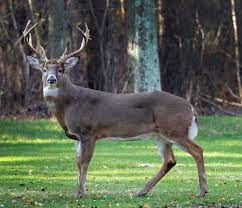
The white-tailed deer, a graceful and iconic inhabitant of Hot Springs National Park, is a sight to behold against the backdrop of lush forests and rolling hills. Characterized by its elegant, snow-white tail that it raises when startled, this herbivore plays a crucial role in the park’s ecosystem. White-tailed deer primarily feed on plants, contributing to seed dispersal and shaping the local vegetation.
Eastern Bluebird

The Eastern bluebird, with its vibrant blue plumage and cheerful demeanor, graces the skies and landscapes of Hot Springs National Park. This small thrush species is celebrated for its enchanting appearance and sweet, melodious song. Eastern bluebirds are cavity nesters, and the park’s diverse range of trees and wooden structures provide ample nesting opportunities.
Eastern Gray Squirrel
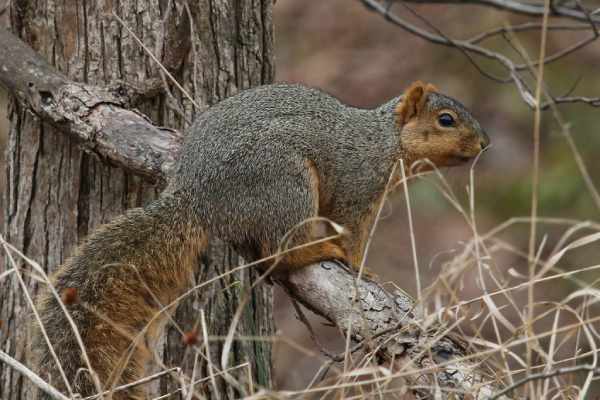
The Eastern gray squirrel is a ubiquitous presence in Hot Springs National Park, with its bushy tail and acrobatic antics making it a favorite among park visitors. These squirrels are adept climbers, often seen darting up and down trees in search of nuts and seeds. Their role in seed dispersal helps regenerate the park’s vegetation, making them vital to the ecosystem.
Raccoon
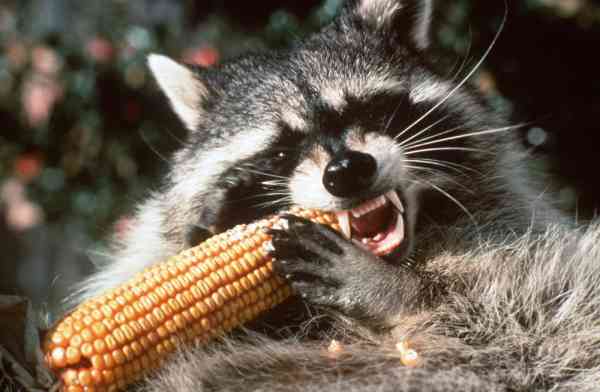
Raccoons are nocturnal visitors to the park, recognized by their distinctive black mask and ringed tail. These omnivores are opportunistic eaters, foraging for a wide variety of food, from berries and insects to small mammals. Their adaptability and cunning nature allow them to thrive in diverse environments.
Virginia Opossum

The Virginia opossum, North America’s only marsupial, can be found in Hot Springs National Park. These solitary creatures are known for their prehensile tail and remarkable ability to adapt to different habitats. Opossums are omnivorous, consuming everything from fruits and insects to carrion, which helps keep the park’s ecosystem in balance.
Wild Turkey
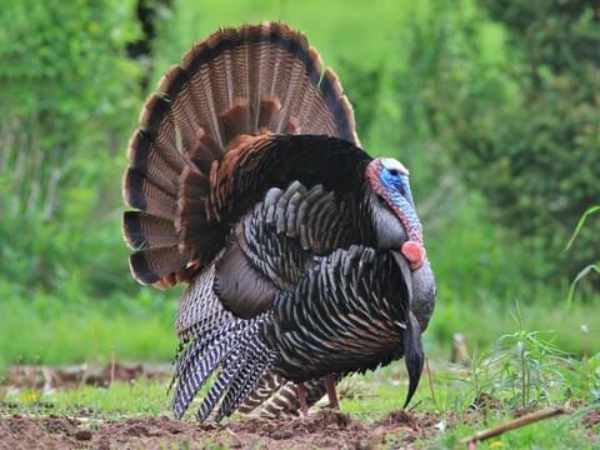
The wild turkey, a symbol of North American wildlife conservation success, roams the park’s woodlands and meadows. These large, ground-dwelling birds are known for their striking plumage and distinctive gobbling calls. Wild turkeys are primarily herbivores, feeding on a diet of seeds, fruits, and insects.
Red-Tailed Hawk

Hot Springs National Park is home to the majestic red-tailed hawk, a raptor known for its keen eyesight and soaring flight. These birds of prey are carnivorous, hunting small mammals and birds. Their presence in the park contributes to the regulation of rodent populations.
Eastern Box Turtle
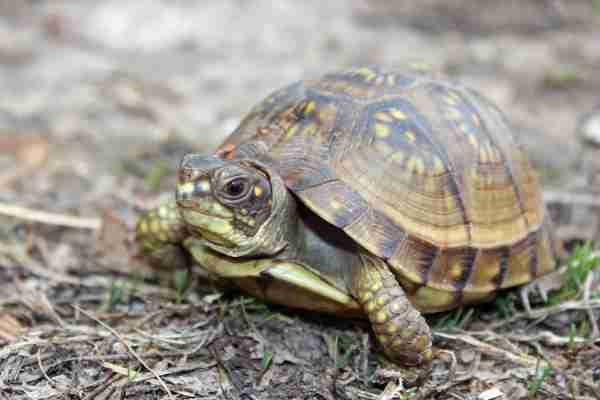
The Eastern box turtle, with its intricate shell patterns, is a terrestrial reptile found in the park. These turtles are known for their slow movements and unique ability to retract into their protective shells. They are omnivores, consuming a variety of plants, insects, and small animals.
Eastern Cottontail Rabbit

The Eastern cottontail rabbit, with its fluffy white tail and brown fur, is a common sight in Hot Springs National Park. These herbivorous mammals play a vital role in the food web, serving as prey for numerous predators and helping control plant populations.
Eastern Diamondback Rattlesnake
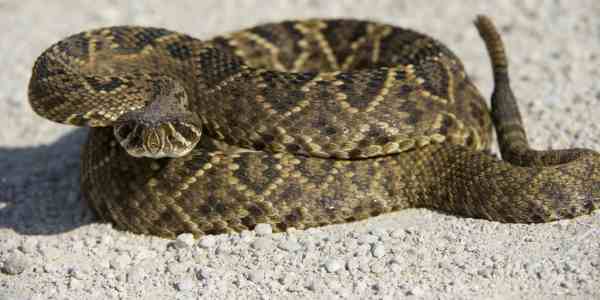
The Eastern diamondback rattlesnake, a venomous pit viper, inhabits the park’s woodlands. Recognizable by its diamond-shaped pattern and rattle-tipped tail, it is a top predator in the ecosystem. While encounters are rare and should be approached with caution, the presence of this species underscores the park’s biodiversity and the need for conservation efforts to protect these remarkable animals.
Western Rat Snake

The western rat snake, also known as the Texas rat snake, is a non-venomous constrictor snake found in the park’s woodlands. With its slender body and patterned scales, it often blends seamlessly into its surroundings. Western rat snakes primarily feed on small mammals, birds, and eggs, helping to control rodent populations in the park’s ecosystem.
Black Rat Snake
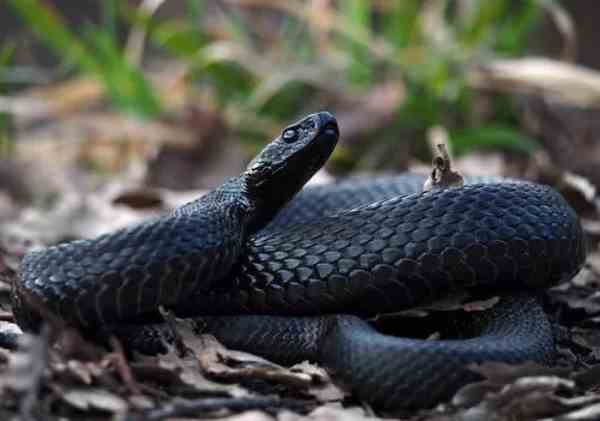
The black rat snake, another non-venomous snake species, is a valuable resident of Hot Springs National Park. Recognizable by its glossy black scales, these snakes play a critical role in controlling rodent populations, making them natural pest controllers. They are known for their climbing abilities and are often found in trees and shrubs.
Copperhead Snake
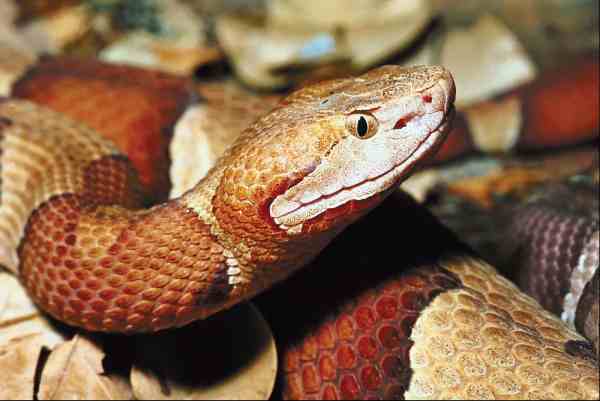
The copperhead snake, a venomous pit viper, inhabits the park’s woodlands. Its distinctive coloration, with coppery bands and a light background, serves as camouflage in the forest undergrowth. Copperheads primarily feed on small rodents and amphibians. While encounters with this snake should be avoided due to its venomous nature, it is a vital part of the park’s ecosystem.
Various Species of Frogs and Toads

Hot Springs National Park is home to a variety of frog and toad species, each with its unique calls and adaptations. These amphibians contribute to the park’s biodiversity by controlling insect populations and serving as prey for larger animals.
Various Species of Salamanders

Salamanders, including the unique and elusive Eastern hellbender, can be found in the park’s aquatic habitats. These amphibians are important indicators of water quality and contribute to the overall health of the park’s ecosystems.
Woodpeckers
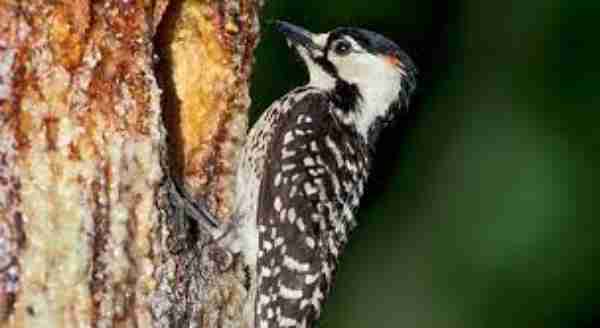
Woodpeckers, such as the red-bellied woodpecker, are a common sight in the park’s forests. Their distinctive drumming on tree trunks serves both territorial and feeding purposes. Woodpeckers play a crucial role in insect control by extracting insects from tree bark.
Eastern Screech Owl

The Eastern screech owl, a small and nocturnal bird of prey, can be heard with its eerie, descending call in the park. These owls feed on small mammals, birds, and insects and are excellent hunters in low-light conditions.
Barred Owl

The barred owl, known for its “who-cooks-for-you, who-cooks-for-you-all” call, is another owl species found in the park. These birds of prey play an important role in controlling rodent populations.
Eastern Blue-Tongued Skink and Five-Lined Skink

These unique reptiles are found in the park’s woodlands and are known for their striking blue tongues. Skinks primarily feed on insects and small invertebrates, contributing to the park’s ecological balance.
Eastern Fence Lizard
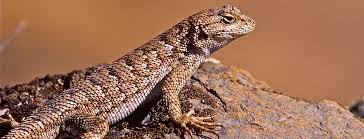
The Eastern fence lizard is a common sight in the park, often seen basking on rocks or tree trunks. These reptiles are known for their quick movements and are efficient insect hunters. Their presence contributes to the park’s biodiversity and helps control insect populations.
Various Species of Bats
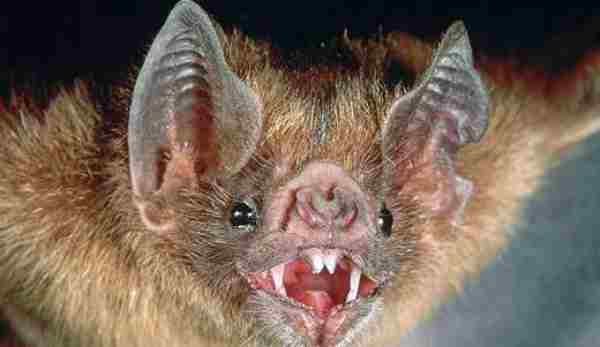
Hot Springs National Park is home to a variety of bat species, each with its unique behaviors and adaptations. These nocturnal creatures play a vital role in the park’s ecosystem by consuming vast quantities of insects, including pests that can harm vegetation and crops.
Various Species of Butterflies and Insects

The park’s diverse plant life attracts numerous species of butterflies and insects. Butterflies, with their intricate wing patterns and vibrant colors, are not only beautiful but also important pollinators that aid in plant reproduction. Insects, including bees and beetles, play essential roles in maintaining the park’s ecological balance through their interactions with plants and other wildlife.
Mallard Duck

Mallard ducks are a familiar sight in the park’s wetlands, ponds, and streams. With their distinctive iridescent green heads and striking plumage, these waterfowl are a favorite among birdwatchers and park visitors. Mallards are omnivorous, feeding on aquatic plants, insects, and small fish. Their presence adds to the park’s scenic beauty and offers opportunities for birdwatchers to observe their behavior, especially during mating season when the males display their vibrant colors.
Carolina Chickadee

Carolina chickadees are small, charming birds known for their distinctive “chick-a-dee-dee-dee” call. These perky birds are often seen flitting among the trees and shrubs, foraging for insects and seeds. Their presence in Hot Springs National Park is a testament to the park’s appeal to a wide variety of bird species.
American Goldfinch

The American goldfinch, with its bright yellow plumage and cheerful demeanor, is a welcome sight in the park’s meadows and gardens. These finches are primarily seed-eaters, favoring sunflower seeds and thistle seeds. Their presence adds a burst of color to the park’s landscapes, especially during the summer when they are in their full yellow breeding plumage.
Crayfish and Other Aquatic Invertebrates

Crayfish and other aquatic invertebrates inhabit the park’s streams, ponds, and waterways. These small but vital creatures are essential components of aquatic food webs, serving as prey for larger animals like fish and wading birds. Their presence contributes to the overall health and balance of the park’s aquatic ecosystems.
Conservation Efforts:
Preserving the delicate balance of life within Hot Springs National Park is an ongoing endeavor, and conservation efforts are at the forefront of its management. The park is committed to protecting the habitats and species that call it home. Conservationists work diligently to mitigate the impact of human activities on the park’s fragile ecosystems, ensuring the continued health and vitality of the wildlife that enriches the park.
Efforts also extend to education and outreach, with park rangers and volunteers engaging with visitors to foster an understanding of the park’s ecological importance. By sharing knowledge about the native flora and fauna, as well as the challenges they face, Hot Springs National Park aims to inspire a sense of stewardship and responsibility among its guests.
Final Words:
Hot Springs National Park is a treasure trove of natural wonders, where geothermal springs and lush landscapes converge to create a unique and captivating experience. However, it is the park’s wildlife that breathes life into its ecosystem, enhancing its ecological diversity and providing visitors with memorable encounters.
Through dedicated conservation efforts and educational initiatives, the park ensures that this delicate balance endures, allowing future generations to appreciate the enchanting union of nature’s beauty and wildlife within Hot Springs National Park. So, whether you seek the healing embrace of thermal springs or the thrill of wildlife encounters, this national park offers a sanctuary like no other, inviting all to discover its enduring magic.
Reference:
- https://www.nps.gov/hosp/learn/nature/animals.htm
- https://www.us-parks.com/hot-springs-national-park/animals.html
- https://www.npca.org/articles/3354-6-cool-things-about-hot-springs

Zahra Makda
Growing up enjoying the beauty of my village, a good passion for nature developed in me from childhood. Following my passion for the natural world, I have chosen zoology for my graduation, during my undergraduate degree, I participated in many nature trails, bird watching, rescues, training for wildlife conservation, workshop, and seminars on biodiversity. I have a keen interest in invertebrate biology, herpetology, and ornithology. Primary interests include studies on taxonomy, ecology, habitat and behavior.

